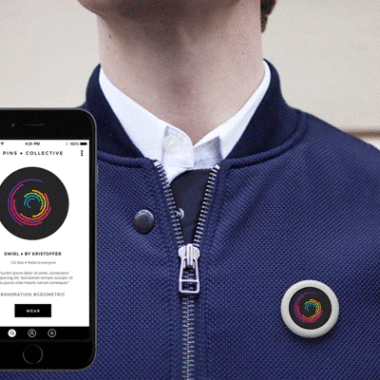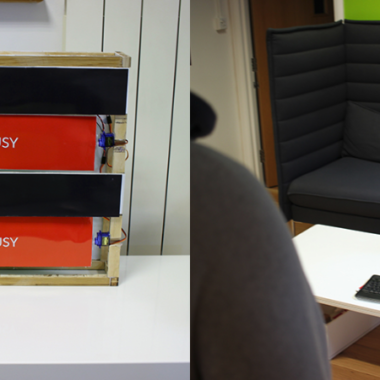Yibu toy concept shows power of design intersections
Part of a new MEX series highlighting compelling case studies which catch our eye. Follow @mexfeed or by signing-up for the weekly email newsletter.
Yibu, a FrogLabs project, is a multi-touchpoint experience which combines five wooden toys, sensors and an iPad into a game played out in physical space.
“The initial point of the project was how do we transform sensors into something playful. Normally we look at sensors as something which give you numbers or graphs. In order to make it understandable, more meaningful for kids, we decided to transform simple numbers into stories…” — Simone Redaudengo
We’ve chosen it as the MEX case study of the week because it beautifully embodies a concept we value: the creative potential of intersections:
- Intersection between Frog’s designers and craftspeople specialising in wooden toys. Traditional craft – a theme we’ve written about previously (‘Crafting experience‘) – has much to teach those working in digital. Good things happen when diverse talents collaborate.
- Intersection between cultures. Frog’s team, including Simone Redaudengo and Rainer Wessler, researched the project in China, bringing their different cultural backgrounds. There’s a value to the curiosity of the outsider.
- Intersection between touchpoints: digitally enhanced wooden toys, sensors and an iPad working in concert to create an overall interaction canvas. If you’ve been following MEX, you’ll know our interest in the principles of multi-touchpoint design goes way back – it is our longest running MEX Pathway.
- Intersection between modes: the MEX theory of user modes holds that there are certain elemental states of human behaviour. Yibu deftly combines modes such as explore, control and create.
The rationale for conducting such a project within Frog, under the auspices of its own lab initiative rather than for a specific client, is also interesting. It speaks to the value of giving skills development – such as the designers’ experiments with sensors – a tangible focus. It is arguably the most effective way to motivate team members to learn about new technology, while remaining grounded in the principles of user-centred design.
Thanks to Frog for sharing their findings and dedicating the time to produce a concise, articulate video of the work.
Part of a new MEX series highlighting compelling case studies which catch our eye. Follow @mexfeed or by signing-up for the weekly email newsletter.
For further exploration
- Yibu, a FrogLabs project
- Crafting experience, a MEX essay on the intersection of digital and craft skills
- Franco Papeschi’s MEX/9 talk on digital as a craft material
- MEX principles for multi-touchpoint design
- MEX Pathway #2, multi-touchpoint
- A collection of MEX work on the theme of intersection



+ There are no comments
Add yours